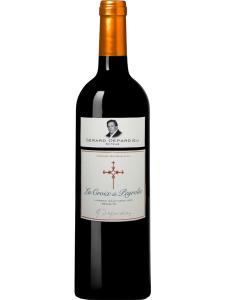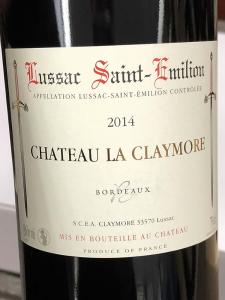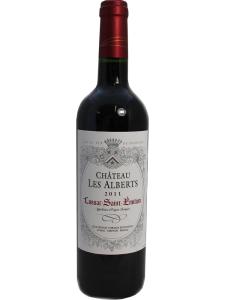-
中文名:吕萨克-圣埃美隆
-
英文名:Lussac-Saint-Emilion
-
位置:
-
葡萄园面积:公顷
-
葡萄酒特点:
-
产区产量:
-
土壤:
Lussac-Saint-Emilion is the most northerly of the 'satellites' of the larger Saint-Emilion appellation in the 'right bank' Libournais district of Bordeaux.
The Lavie stream runs along the southern boundary of Lussac-Saint-Emilion, neatly separating it from Montagne-Saint-Emilion. To the east is the Cotes de Francs appellation, which, together with Lussac, marks the north-eastern edge of the Bordeaux region. The landscape here is slightly higher and more rolling than that which prevails closer to the Dordogne, although a certain element of alluvial clay is still found in its soils.
Lussac-Saint-Emilion
© Emilie Duprat
The grapes permitted within the Lussac-Saint-Emilion appellation are Merlot, Malbec, Cabernet Franc and Cabernet Sauvignon. Merlot is the dominant variety by far, most often partnered with Cabernet Franc (known here as 'Bouchet'). Cabernet Sauvignon is much less commonly planted in the cooler soils of the Saint-Emilion area in general, and only produces wines of reliable quality when located in very specific spots. The prevalence of Merlot (an early flowering variety) means that the appellation is susceptible to spring frosts and can lose the majority of its output in a cold year.
To qualify for the Lussac-Saint-Emilion appellation, wines must contain a minimum of 11% alcohol and come from vineyards planted to a density of less than 5500 vines per hectare. Wines made from hybrid vines or those under three years old do not qualify.
The four Saint-Emilion satellites are Saint-Georges-Saint-Emilion, Montagne-Saint-Emilion, Puisseguin-Saint-Emilion and Lussac-Saint-Emilion itself – all located to the north of Saint-Emilion town. Previously, Parsac-Saint-Emilion and Sables-Saint-Emilion were also valid appellations, but the four named above are those recognized in the early 21st century. They are known as satellites because the area's more prestigious wine estates historically resented these supposedly inferior wines using the Saint-Emilion name. In the middle of the 20th century, several boundaries were changed and the villages of Lussac, Montagne, Puisseguin and Saint-Georges were granted their own independent Saint-Emilion appellations.
The Barbanne river, which runs parallel to the Dordogne, marks the southern boundary of three of these appellations. The river is of particular significance because it is the historical boundary between the 'Langue d'oil' and the 'Langue d'oc' – the northern and southern halves of old France respectively. This is where the Languedoc region derives its name.




